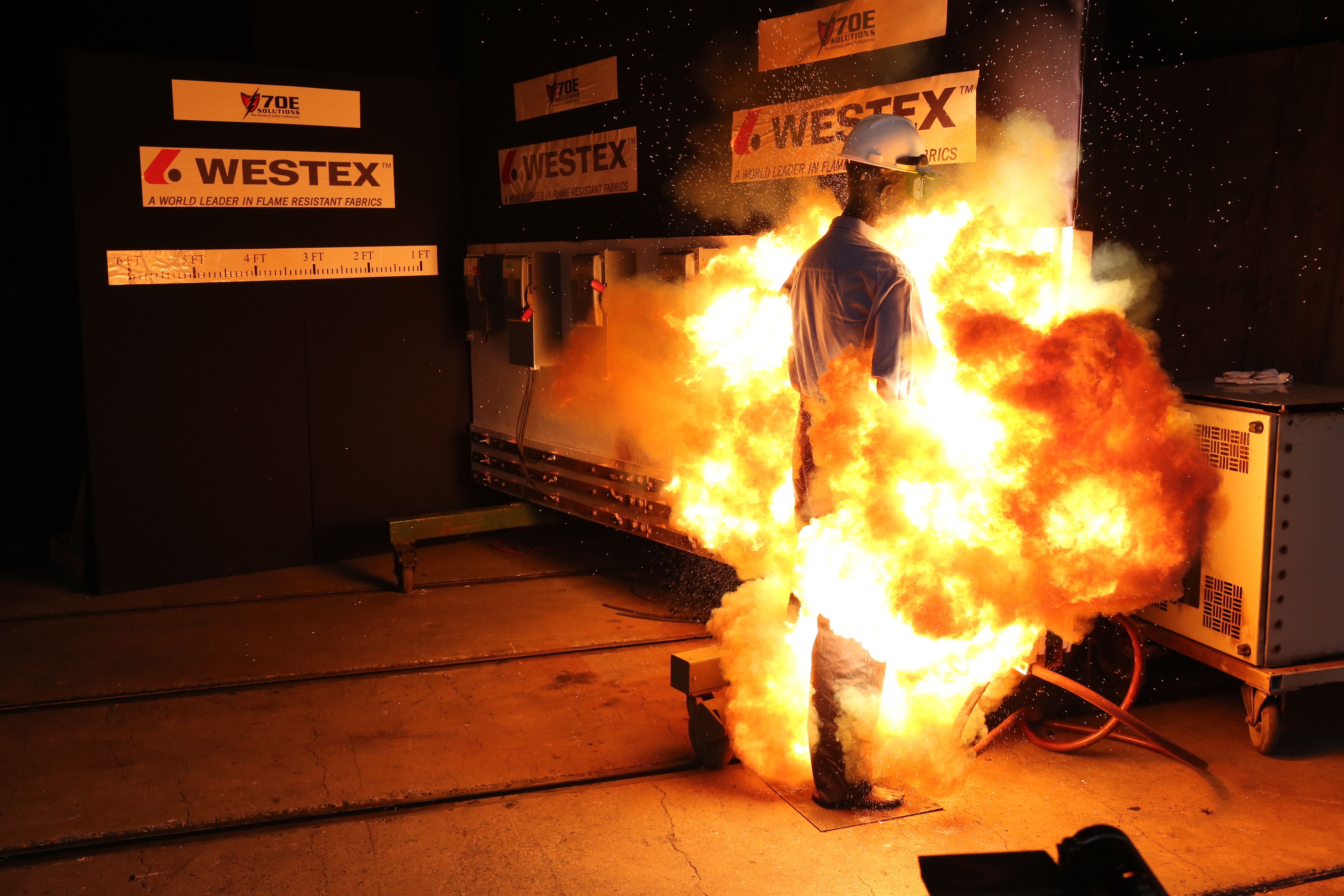
Advancing Arc Flash Safety: Understanding OSHA’s Updated Guidelines
01 Aug 2025
Arc flash incidents pose severe risks, including burns, injuries, and fatalities. Despite existing industry standards, a substantial number of workers previously lacked adequate personal protective equipment (PPE) to mitigate these hazards.
Late last year, the Occupational Safety and Health Administration (OSHA) introduced significant changes to arc flash safety protocols, aiming to enhance protection for electrical workers across various industries. The updated OSHA guidelines seek to address these gaps, ensuring that safety measures keep pace with the evolving understanding of arc flash dangers.
These changes reflect a growing recognition of the risks associated with arc flash incidents and the necessity for comprehensive safety measures.
600,000 More Workers to Wear Protective FR Apparel
Before the updated OSHA guidelines, an estimated 600,000 workers were not adequately protected with proper PPE to prevent injury from deadly arc flash hazards. Among many recommendations in the update, there is now an increased emphasis on wearing FR protective apparel for this group.
These updates also outline several critical areas for employers and safety professionals to consider:
-
Enhanced PPE Requirements: Emphasizes the use of arc-rated (AR) clothing and personal protective equipment (PPE) to protect against arc flash hazards. This includes specific guidelines on the types of PPE required for different levels of exposure.
-
Clarification on De-energized Work: Stresses that de-energized work is not the same as Lockout/Tagout (LOTO) or Electrically Safe Work Condition (ESWC). It requires an energized work permit and appropriate PPE.
-
Low Voltage Hazards: Highlights the dangers of low voltage (120/208, 277, etc.) work, debunking the myth that low voltage is not hazardous. It mandates the use of PPE even for low voltage tasks.
-
Administrative Controls: Recommends administrative controls to prevent arc flash incidents, such as proper training, hazard identification, and assessment.
-
Worker Participation: Encourages active participation from workers in safety programs to identify and mitigate arc flash hazards.
These updates are designed to enhance workplace safety and provide comprehensive protection for electrical workers.
For more detailed information, refer to the OSHA electric arc flash hazards page at osha.gov/electrical/flash-hazards
Implications for Safety Professionals
These updates necessitate a thorough review and potential revision of existing safety protocols within organizations. Safety professionals should:
- Evaluate Current PPE Programs: Assess whether the current PPE aligns with the updated requirements and provides adequate protection against identified hazards.
- Enhance Training Programs: Ensure that training materials and sessions reflect the new guidelines, fostering a culture of safety awareness and compliance.
- Conduct Comprehensive Hazard Assessments: Regularly perform detailed evaluations of potential arc flash risks, incorporating the latest OSHA recommendations
- Promote Worker Engagement: Facilitate open communication channels for workers to report hazards and participate in safety planning, reinforcing their role in maintaining a safe work environment.
Together, We Can Improve Worker Safety
Organizations like the Partnership for Electrical Safety (PES) have been instrumental in advocating for these enhanced safety measures. Their efforts underscore the importance of industry collaboration in driving regulatory advancements that prioritize worker safety.
At Westex: A Milliken Brand, we believe collaboration is key to creating a safer work environment for everyone. By partnering with organizations like PES, we aim to better protect every electrical worker and reduce arc flash injuries and fatalities. Join us in our mission to safeguard lives and ensure a safer future for all. Contact us today to learn more about how we can help protect your workforce.

